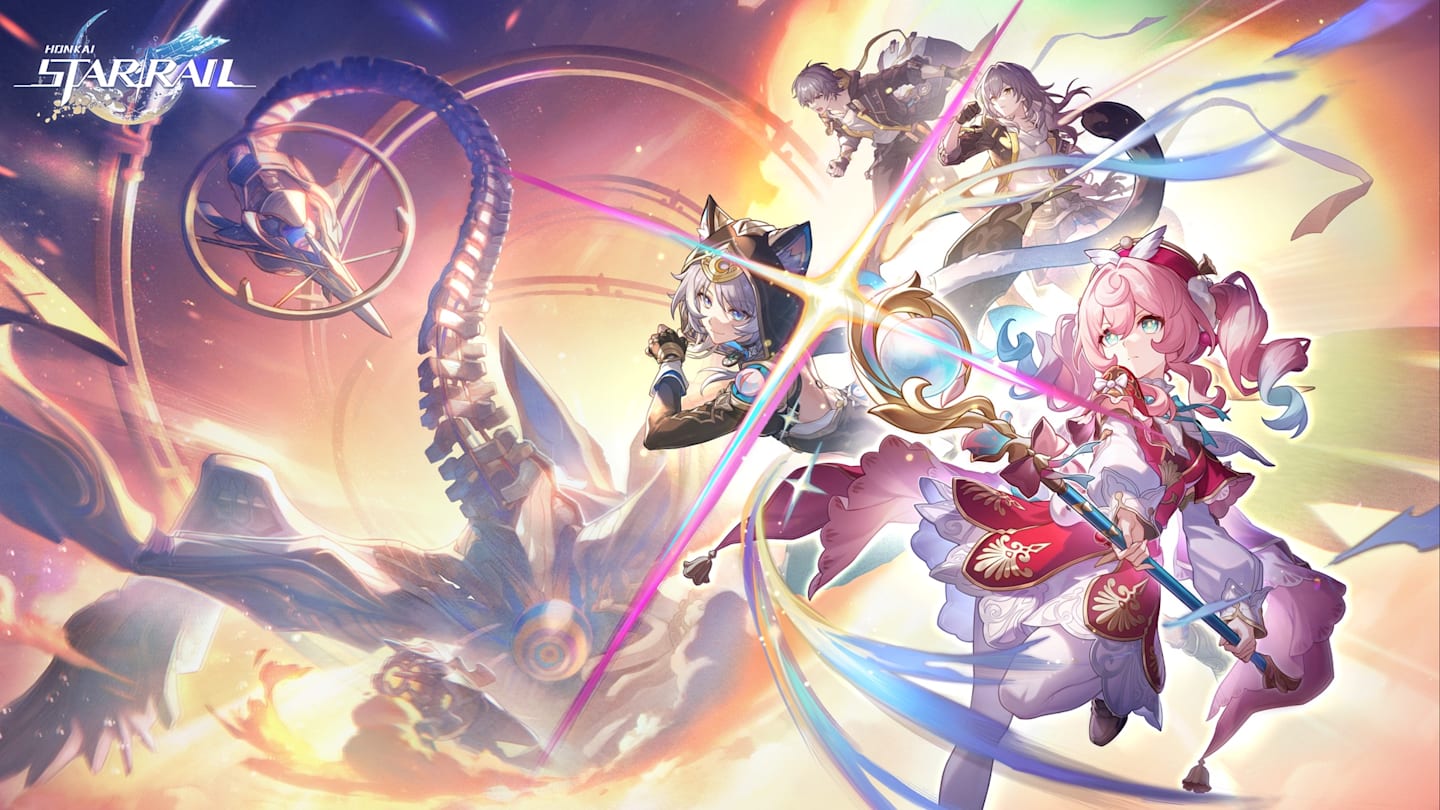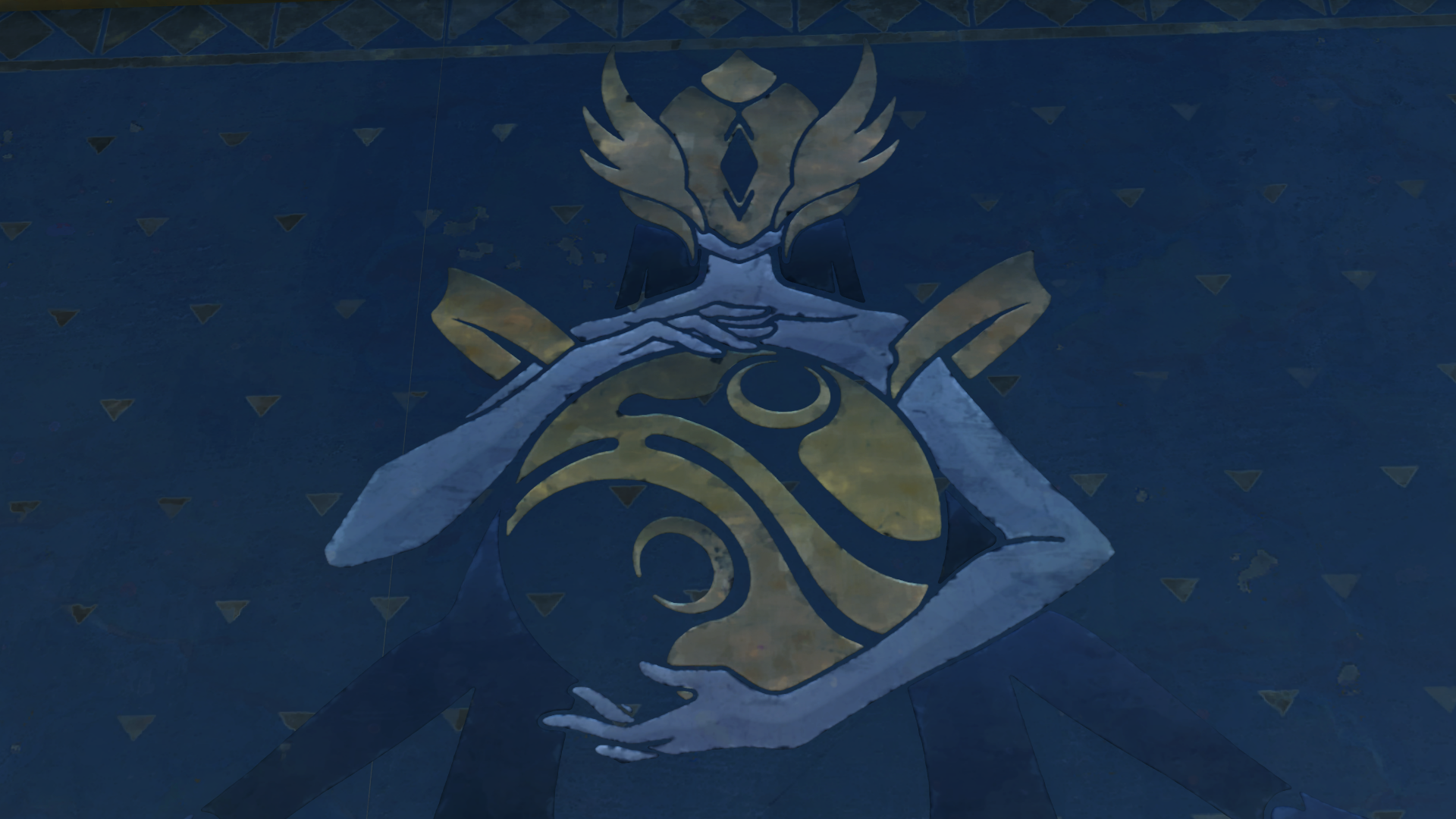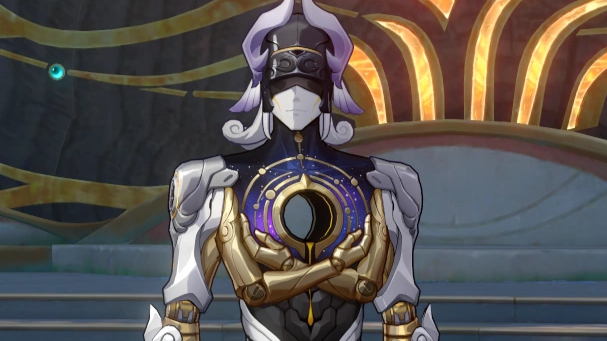
HoYoverse and their suspenseful plot twists – scarcely have I felt as frustrated by a “to be continued” message on my screen than at the conclusion of Honkai: Star Rail‘s 3.3 main story; however, that’s one of the highest praises one could offer any writer. On the positive note, this implies there’s still plenty more content in store for us.
HSR 3.3 was emotionally engaging, boasted excellent rhythm, demonstrated significant advancements in its delivery, and was packed with captivating scenes and unexpected turns. However, I must express my disappointment that it didn’t provide an opportunity to thoroughly defeat a particular villain, a punishment I feel she deserved countless times more.
After the chaos of HSR 3.3 has subsided and the ink from the final page is drying, it’s time for me, as a gamer, to reflect on this chapter, delve into the finer details, and share my thoughts on the pros and cons of the patch. As expected, there will be some spoilers ahead, so only continue reading if you’ve already experienced the latest story drop or don’t mind knowing what’s in store.
A moment worthy of song: The Aquila fight
As a devoted Honkai: Star Rail player, I can effortlessly pinpoint the instant when my love for this game was ignited: It was during the epic confrontation against Cocolia on Belobog, back in HSR 1.0. The Trailblazer takes a severe blow, but astonishingly recovers, thanks to the protective gaze of Qlipoth, the Aeon of Preservation. Armed with a fresh new weapon, they rise again, ready for battle. Cocolia retaliates by summoning the power of the Stellaron, hurling an entire meteorite at my party. At this moment, the song Wildfire echoes, amplifying the excitement to its peak.
In an astonishing imitation, HSR 3.3 achieved recreating that pivotal instance. Upon defeating Aquila, the celestial colossus, the band of heroes attempts to flee from the collapsing sky citadel, but are taken aback by the corpse of the fallen Titan – now animated under the control of Seliose, a Chrysos Heir. Disillusioned with humankind, Seliose has abandoned all hope and compassion.
To be completely honest, I wasn’t expecting much when Aquila plunged into that lake of glowing gold earlier. But as the music swelled, it gave this fight an aura of epic heroism that was truly unexpected. It almost seemed like the song should have played during our initial clash with Aquila, but somehow, this second encounter felt more crucial.
You see, we’d already vanquished a deity prior to this, but this battle held a personal edge because of all the revelations we uncovered while delving into Seliose’s fortress. The truth about Hyacine’s lineage added layers to this confrontation that made it more than just another fight against a god – it was a chance to right old wrongs and rewrite history, as I’d come to understand the tale of Seliose and the true legacy of Hyacine’s ancestors.
Additionally, the manner in which the battle was portrayed is noteworthy. Scenes of Hyacine assuming her battle stance were shown from various perspectives, while Aquila’s impressive moves were highlighted. Moreover, the inclusion of cinematics reminiscent of an anime climax gave it a unique flair that one might term “Hyacinematic.
As a gamer, I believe there could’ve been more challenge in that HoYoverse battle. The epic tune about conquering adversity didn’t quite resonate with the (limited) struggle portrayed on-screen. Maybe they could have extended it by adding two phases again, making the intense sequence last longer and aligning the gameplay experience with the song’s narrative.
Fighting those who cried yap: Pacing
If you adhere to HSR, you’re likely familiar with the complaints from a vocal segment of fans: There is excessive chatter and the language is overly complex. Personally, I wouldn’t give heed to such speech, but HoYoverse has been making concerted efforts to cater to all parties, and these attempts are evident in this latest update.
Throughout the course where Hyacine summoned her ancestors’ spirits and subsequently delved into her family’s past on the Eye of Twilight, players were given the choice to bypass discussions centered around these narrative aspects if they preferred.
It seems to me that this approach was exceptionally effective for addressing the challenge of accommodating various types of players simultaneously within HSR. For those who appreciate the storyline and aren’t bothered by dialogue, they have the opportunity to delve deeper into the world for a more immersive experience. On the other hand, those who prefer a quicker pace can progress more swiftly. Essentially, all parties stand to benefit from this setup.
Yet, this update also hints at a potential danger in that train of thought. By following the narrative, you’ll find yourself at Herta Space Station’s Secluded Zone, which houses four memory orbs. These orbs could hold vital information about Amphoreus, shared by The Herta and Screwllum, and may prove crucial as the plot unfolds. At present, they are easily overlooked.
It seems likely that these dialogue exchanges in the memory bubbles were initially intended to be integral parts of the main story, but were removed by developers based on community feedback regarding excessive dialogue. This is a concern that many fans initially shared, as they feared that essential world-building and lore might be minimized or eliminated to avoid accusations of excessive chatter.
HSR 3.3 both handled the challenge well and served as a warning for the potential dangers.
Regarding enhancements in feedback implementation, it’s noticeable that the camera work in HSR has become more lively lately, which is definitely an improvement. We may not have reached the dynamic levels of Genshin Impact or Wuthering Waves, but every step forward should be acknowledged and appreciated.
Pay-off galore: Death
The exceptional aspect of HSR 3.3 lies in the depth of the characters from Amphoreus, which has been significantly developed since HSR 3.0. Character deaths can often seem contrived because of the expectation of resurrection, but in this case, HoYoverse managed to make these deaths impactful despite the cyclical nature of Amphoreus. These deaths carried weight and significance.
In a surprising twist, Aglaea, once believed to be a merciless ruler, meets her end not by the hands of her enemies, but through the lingering traces of compassion and humanity within herself. Despite this, she finds a means to uphold her obligations towards the Flame-Chase Journey, thus fulfilling the prophecy that she would ultimately be transformed into molten gold. Ironically, those who had wagered on her meeting a fate similar to Julius Caesar were correct, as she was indeed assassinated, an act that eventually contributed to the decline of those involved in the plot.
Indeed, it’s worth mentioning that I was eager to confront Caenis directly, yet I can understand why Phainon chose not to allow it.

For me, the standout aspect of the update is Cipher’s revelation. Her bond with Aglaea was skillfully depicted from all angles, and the twist regarding her power was thrilling. Cipher has the ability to manifest any falsehood into truth when enough people accept it, which granted Amphoreus an extra 700 years. She deceived everyone into thinking Kephale’s sun would never fade, despite its true lifespan of only 300 years. Interestingly, her power affects her as well: The shoes Aglaea bestowed upon her became her source of great speed because she firmly believed they did. And the conversation between Aglaea and Cipher, which occurred when Cipher was dying in Styxia, might have been another instance of self-deception on her part.
Cipher’s hidden secret unveiled a lot about her actions throughout the Flame-Chase Journey, as it became clear that by keeping herself out of sight to dodge her prophesied demise, she inadvertently safeguarded the world. Her intuition warned her that everything would crumble the instant she perished, and this prediction proved true when the Flame Reaver finally claimed her life. Aglaea’s remorse over Cipher’s fate only served to intensify the dramatic elements of a classic Greek tragedy.
By the way, it turns out we were quite harsh towards Batholos, who is actually known as Zagreus – sorry for underestimating you all these years. Bravo, Master of Deception! Bravo indeed.
As a devoted fan, I can’t help but appreciate the nostalgic echoes of HSR 3.0 in this latest installment, HSR 3.3. The captivating narrative of Okhema, once under the relentless siege of Nikador and eventually restored to tranquility by the valiant Chrysis Heir, sets a compelling precedent. However, in HSR 3.3, it seems that the world itself is on the brink of destruction. The city lies in ruins, bodies strewn everywhere, and the protective line of Chrysos Heirs appears to have been extinguished.
Suffering builds character: Phainon
As a gamer, I typically steer clear from overly virtuous, whiny characters like Phainon. You know, those goody-two-shoes heroes that are too powerful for their own good. Frankly, he came off as annoying at the start, so I didn’t give him much thought. However, after witnessing his journey through adversity and gaining a glimpse into his hidden depths, he’s become far more intriguing. With him being the last man standing, it was crucial for the HSR team to delve deep into these characters and allow each of them to contribute significantly to this epic tale. It just goes to show that taking the time to develop well-rounded characters can truly make a game exceptional.
More HSR on DBLTAP:
The Simulated Universe sends its regards: Lore
In this latest development, the narrative focus has shifted back to the Simulated Universe game mode, specifically on Emperor Rubert’s Scepters. These powerful artifacts from the past could unleash catastrophic power and one of them has been floating around since the fall of the Machine Emperor. Given Lygus’ possible role as an administrator or creation linked to the Scepter, it’s not surprising that even The Herta and Screwllum find it challenging to break through his defenses.
Regarding Lygus: Haven’t you noticed the murals at the Eye of Twilight that tell a different creation story compared to the familiar one with the Titans? It seems to me that the being portrayed in this tale bears a striking resemblance to Lygus, don’t you think?

With Phainon taking center stage next time, Cyrene stepping into the fray, and Lygus observing the events unfold, we can expect to uncover some new insights and understand how The Destruction fits into this complex puzzle as well. Let’s hope there will be a hint about the mystery surrounding March 7th too.

To put it simply, HSR 3.3 was nothing short of impressive and served as a powerful testament to the team’s boldness in pushing this storyline forward, despite the fact that the journey leading up to this point has had its fair share of rough patches. Just like our friend Gnaeus would say, every great epic has its hurdles, doesn’t it?
Read More
2025-05-23 11:47